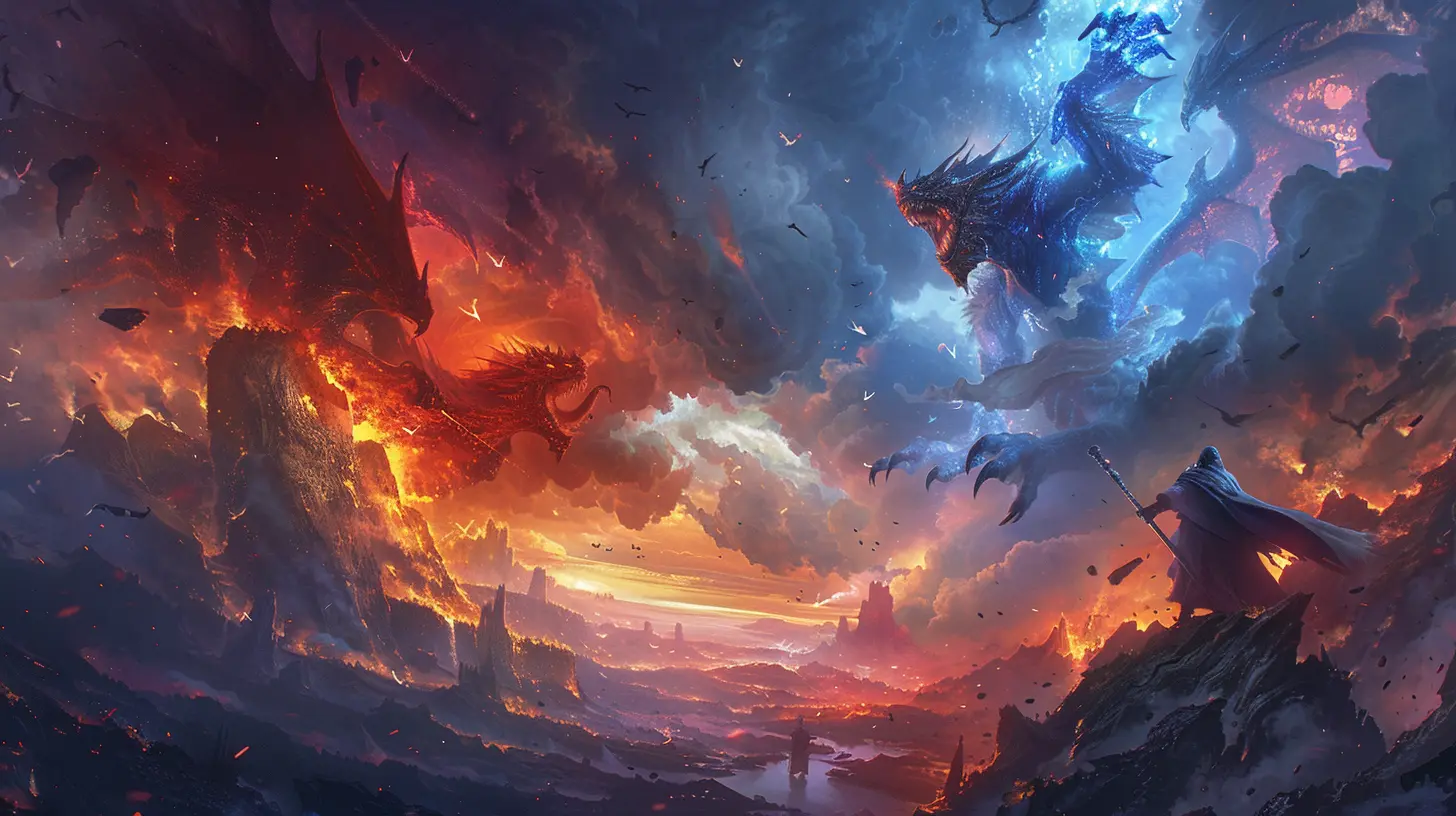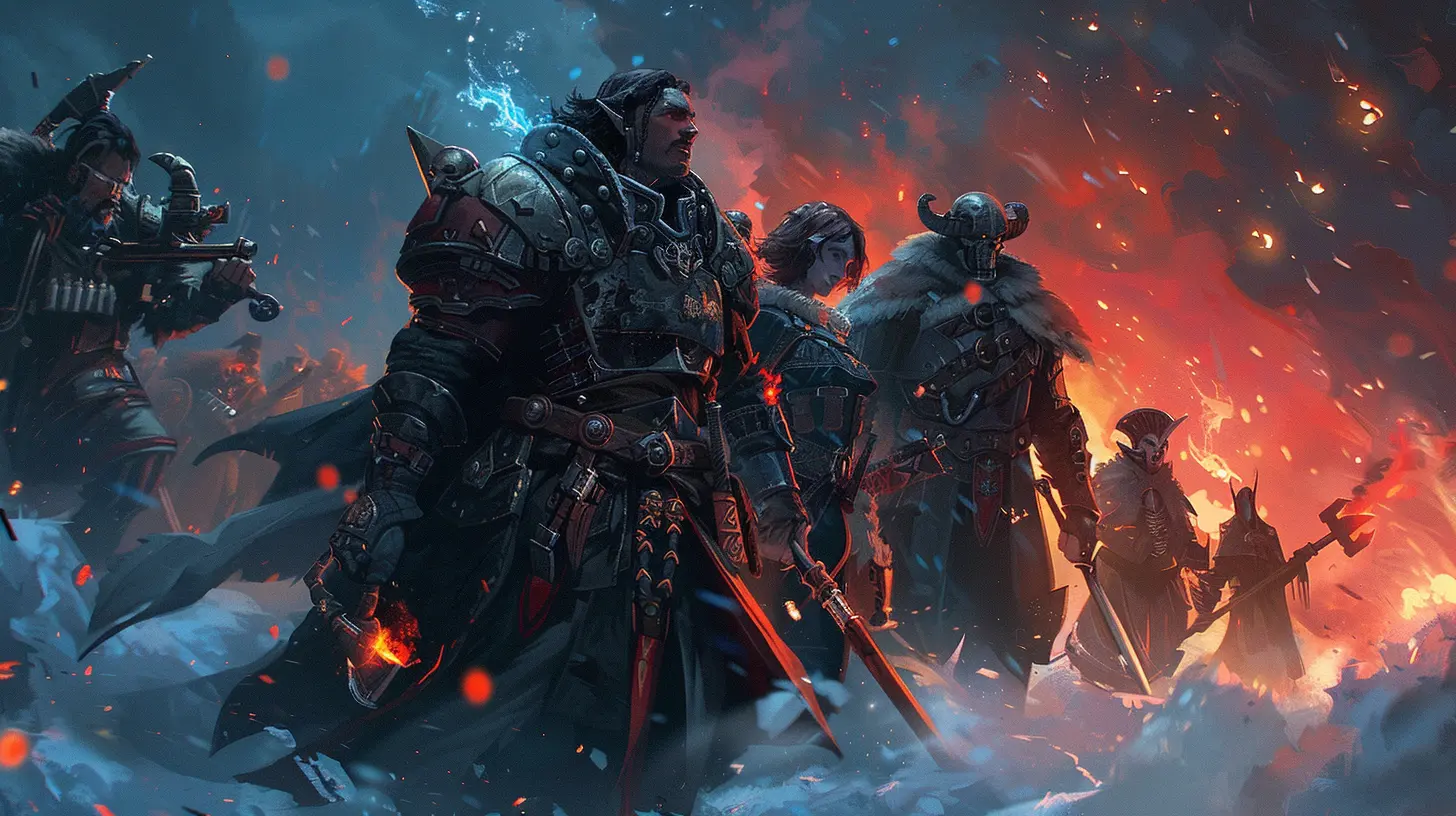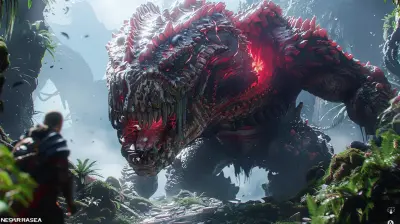How Subscription-Based Battle Passes Could Work
2 August 2025
When battle passes first dropped into the gaming world, they felt like the perfect answer to loot boxes. Players knew what they were getting, the grind felt fair, and hey — developers got to keep funding their games. Everybody won.
But battle passes have evolved, and not always for the better. These days, there’s a lot more chatter about burnout, rigid timelines, and players feeling squeezed for time and money. So here's a wild yet practical idea: What if battle passes turned into a subscription model?
Let’s dive into the deep end and unpack how subscription-based battle passes could actually work, why they might be better for both players and developers, and what kind of changes we’d need to make them viable.
The Current State of Battle Passes
Before we get into the “what if,” we need to understand the “what is.”Battle passes typically follow a seasonal model. You pay a one-time fee (say $10), and over the course of 2-3 months, you can unlock rewards — cosmetics, skins, emotes, XP boosts, and sometimes premium currency — by leveling up your pass. Usually, there's a free track too, but let’s be honest: most of the good stuff lives behind the paywall.
Games like Fortnite, Apex Legends, and Call of Duty: Warzone popularized this system. You pay once per season and try to grind as much value as you can before the clock runs out.
Cool idea, right? But it’s not all sunshine and unlockables.
The Problem With Seasonal Battle Passes
1. Time Pressure and FOMO
Let’s face it — life gets in the way. Most players aren’t full-time content grinders. Between work, school, and everything else, committing 100+ hours per season is a tall order. Miss a few weeks, and suddenly you're scrambling to hit that Level 100 milestone before the season ends.And here's the big kicker: once the time is up, those rewards? Gone. Forever. That’s the dreaded Fear of Missing Out (FOMO) playing mind games with your free time.
2. Rigid Payment Per Season
Another downside is the regular seasonal purchase. Imagine this: you paid for the battle pass three seasons ago but took a break. You come back and now you’re looking at $10 again with no carryover.That can feel punishing. You might’ve missed one season for valid reasons, but there’s no loyalty system, no continuity, and no "thank you" for sticking around.
3. Value vs. Effort
Not every player finishes their battle pass. In fact, many don’t. So what happens? You’ve paid for a product and only consumed a fraction of it — like ordering a buffet and getting full after the appetizers. The value just doesn’t add up.
Enter the Subscription-Based Battle Pass
So, what if instead of paying per season, you subscribed to your favorite game’s battle pass content? Think Netflix meets Fortnite.Sounds strange? Maybe. But let’s explore how this could make a lot of sense.
How Subscription-Based Battle Passes Could Work
1. Monthly/Quarterly Pass Subscriptions
Instead of buying a new pass each season, you subscribe to a service for a flat monthly fee (say $6/month or $15/quarter). This gives you ongoing access to the battle pass system — no blackout periods, no restarting from zero each time.It’s like having a “battle pass membership” that renews automatically. As long as you’re subscribed, you keep unlocking.
So if you take a break for a month or two? No worries. You’re still part of the system, and your progress is waiting for you when you return. That’s a huge shift from the “use it or lose it” seasonal format.
2. Rolling Progression System
This setup pairs beautifully with a rolling progression system.Imagine not being locked to a fixed season. Instead, you pick and choose which ‘reward paths’ you want to pursue at any time. Maybe you want to chase that cool skin from last summer’s pass? Cool — pick it, equip it, progress toward it.
This kind of flexibility means players aren’t punished for missing content. It also means your subscription gives you more choice, autonomy, and long-term value.
3. Tiered Subscription Options
Think Spotify or Netflix — different plans for different players.- Basic Plan: Access to one active reward track at a time.
- Premium Plan: Access to multiple tracks, exclusive items, and maybe even some currency kickbacks.
- Flex Plan: Pause anytime, progress stored indefinitely.
With that model, casual players pay less and still enjoy content at their pace, while hardcore players can opt into premium perks.
4. Progress Boosts & Loyalty Rewards
Developers could reward subscribers based on tenure. The longer you're subscribed, the more perks you unlock:- XP boosts
- Exclusive cosmetics
- Access to legacy battle passes
- Monthly “thank-you” drops
This kind of loyalty system creates stickiness — players are more likely to stay subscribed because it feels like an investment that keeps giving back.
Why This Model Works for Players
Subscription-based battle passes aren’t just about changing how you pay — they’re about rewriting the whole relationship between players and live-service content.No More Burnout
Without seasonal pressure, you play at your own pace. No more crunching at the last minute to unlock that coveted Mythic-tier skin. You play when you want, and you progress as you go. Simple.More Value for Money
With a subscription, you’re consistently receiving content — not just during “active” seasons. Your money is always working for you, and you’re not penalized for missing a few weeks.Enhanced Customization
By breaking the connection between time and rewards, players could build their own pathways. Want skins only from monster-themed passes? Go wild. Want to skip a boring sci-fi season? Totally fine.This personal touch makes the whole system more player-centric.
Why This Model Works for Developers
It’s not just a win for players — devs also stand to gain big here.More Predictable Revenue
Subscriptions mean steady, month-to-month income. No more major dips between seasons or missed targets because a battle pass underperformed. That stability allows for better planning and reinvestment into content.Better Player Retention
When players are invested month to month, they’re far more likely to stay engaged. The sunk cost of a subscription (even a small one) keeps people checking in — and the more they log in, the more they might spend.Opportunity for Richer Storytelling
With more flexible timelines, devs can build long-form narrative arcs that aren't restricted to a single season. Players don’t “miss” story beats if they take a break — they can pick up where they left off.That creates a more connected gameworld and encourages immersion.
Implementation Challenges
Of course, this idea isn’t without its hurdles. Let's be real; it’s not all magic and XP.- Backlash from Pay-Once Fans: Some players love paying once and being done. A subscription model might feel like a money grab — especially in games that were once fully free-to-play with opt-in purchases.
- Overhauling Existing Systems: Reworking the backend, menus, and reward systems to support rolling progression and subscriptions? That’s no small task.
- Content Cadence Pressures: With ongoing subscriptions, players expect ongoing content. Devs need to maintain a regular content pipeline or risk losing subscribers fast.
But let’s be honest — these challenges are solvable. Many MMOs and live-service games already manage similar models with success.
Potential Game Examples
Let’s imagine how this could play out in the real (gaming) world:- Fortnite: Epic already offers a Crew Subscription. Rolling that into an expanded battle pass system would feel like a natural evolution.
- Call of Duty: Imagine bundling Warzone and core multiplayer under a unified pass, where rewards span multiple games.
- Genshin Impact: With its gacha mechanics, a layered subscription model could offer players rotating wish bonuses, battle passes, and character unlock paths.
These ideas aren’t far-fetched. Bits and pieces already exist. It’s just a matter of putting them together into a cohesive, player-friendly package.
The Future of Battle Passes?
Look, we all love feeling rewarded. But we also enjoy flexibility, choice, and — most importantly — fair value for our time and money.A subscription-based battle pass could be the refresh the system sorely needs. It addresses the biggest pain points of the current model, adds ongoing value for players, and gives developers a stable financial model to build upon.
Sure, it’ll take a bit of experimentation. No system’s perfect out the gate. But done right? This could be the next evolution of how we engage with our favorite games.
Final Thoughts
Let’s be honest — the current seasonal battle pass formula is showing signs of wear. Subscription-based models aren’t about reinventing the wheel; they’re about giving players and developers a smoother ride.More freedom, less pressure. More content, less burnout. More value, fewer barriers.
The big studios? They’ve got the tools. The infrastructure. The fanbases. All that’s left is to hit that subscribe button... on innovation.
all images in this post were generated using AI tools
Category:
Battle PassesAuthor:

Madeleine McCaffrey
Discussion
rate this article
2 comments
Victor McGillivray
This article thoughtfully explores the potential of subscription-based battle passes, highlighting both the benefits and drawbacks. While the promise of consistent content and engagement is appealing, the challenge lies in balancing value for players against the risk of overwhelming them with constant demands. It's a concept worth considering further.
November 14, 2025 at 4:39 AM

Madeleine McCaffrey
Thank you for your insightful comment! I appreciate your perspective on the balance between engagement and player value in subscription-based battle passes. It's definitely a complex issue worth exploring further!
Lena McClendon
Subscription-based battle passes could redefine player engagement by fostering a sense of community and shared experience. By prioritizing regular content updates and rewarding consistent participation, developers could cultivate loyalty and creativity. However, balance is crucial; it risks alienating casual players. Will inclusivity or exclusivity shape the future of gaming?
August 6, 2025 at 2:36 AM

Madeleine McCaffrey
Absolutely, the balance between inclusivity and exclusivity will be key. By offering engaging, regular content for subscribers while ensuring casual players still feel valued, developers can create a thriving community that enhances the gaming experience for all.


